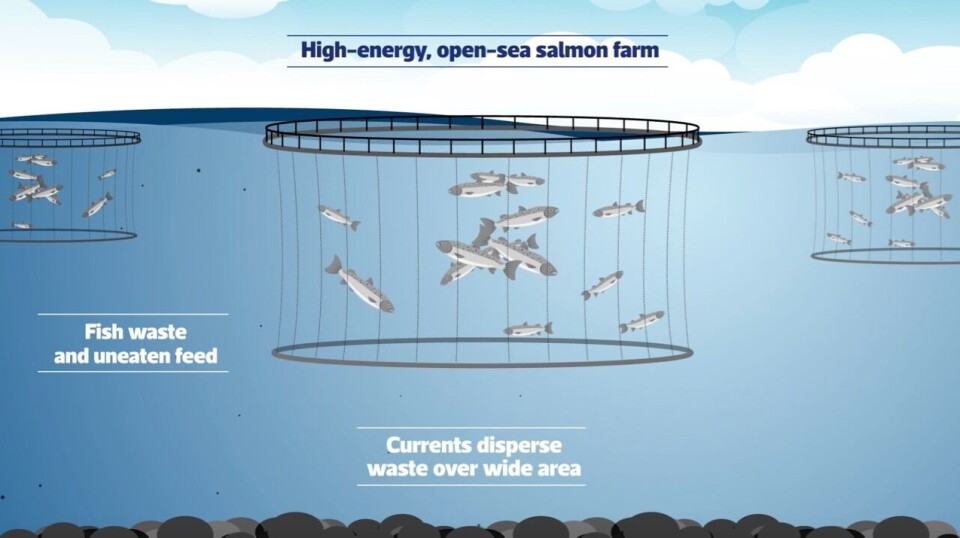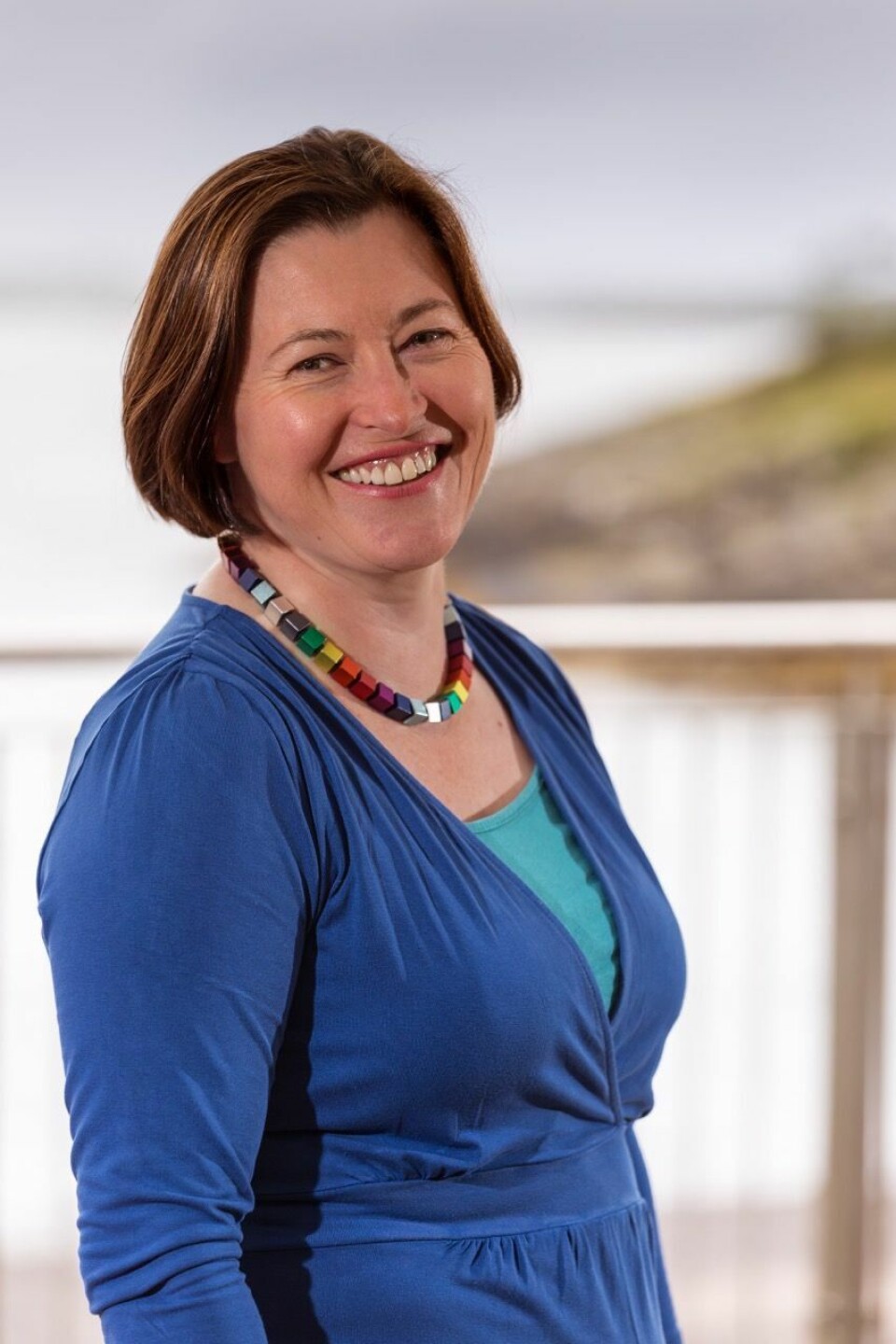
Study may open door for more and bigger farms
A collaborative project to improve understanding of the effects of salmon farming on the seabed in high-energy waters is under way in Orkney, with co-funding from the Scottish Aquaculture Innovation Centre (SAIC).
The three-year project, which sees Cooke Aquaculture Scotland partner with researchers from the Scottish Association for Marine Science (SAMS) and Dalhousie University in Nova Scotia, Canada, will inform the environmental monitoring and management of more exposed sites along Scotland’s west coast and the Northern Isles and, potentially, unlock additional capacity.
Currently, the benthic impacts of salmon farming – the impact of fish waste or uneaten feed on the seabed – are monitored by industry regulator, the Scottish Environment Protection Agency (SEPA), using the DEPOMOD model developed by SAMS, which is based largely on data gathered from sheltered, in-shore sea lochs.

Waste dispersed more widely
However, at more exposed sites such as those found off the coast of Orkney and Shetland where this same waste matter is dispersed more widely by strong tides, and where the seabed is harder and rockier, the benthic impacts can differ significantly from those reflected in the current model.
Chris Webb, environment and development manager at Cooke Aquaculture, said: “This shortfall in knowledge about dispersive sites is hampering both regulation and production. With better data about the benthic footprint at these sites, salmon producers like Cooke can improve environmental monitoring and compliance, and potentially increase production – both in terms of farming existing sites and developing new sites.”
Unlocking capacity for aquaculture
The research team, led by SAMS, will field-sample and analyse data from up to three dispersive sites around Orkney over a complete production cycle. This data will then inform the development of the NewDEPOMOD model and its use in SEPA’s proposed Depositional Zone Regulation (DZR).
Professor Jon Grant is the NSERC-Cooke Industrial Research Chair in Sustainable Aquaculture at Dalhousie University and an expert in resuspension studies. He works closely with Cooke in environmental matters, and between his team and the SAMS team, the project brings together some of the best-known expertise in aquaculture/benthic ecology worldwide.
Better regulation
SAIC chief executive Heather Jones said: “With greater knowledge comes better regulation and better farming, and that’s what this project is all about. One of SAIC’s priorities is to unlock additional capacity for aquaculture development, and this project could do exactly that, by providing industry and regulators alike with the knowledge to manage and farm our seas ever more productively, and ever more sustainably.”
It is the 15th SAIC-funded project to be announced, and it has a total value of £231,907. Industry partners are contributing £107,917 (47 per cent); SAIC £90,460 (39 per cent); and academic partners £33,524 (14 per cent).
[video width="1280" height="720" mp4="http://www.fishfarmingexpert.com/wp-content/uploads/2017/10/©SAIC_SalmonPen_5MB.mp4"][/video]























































